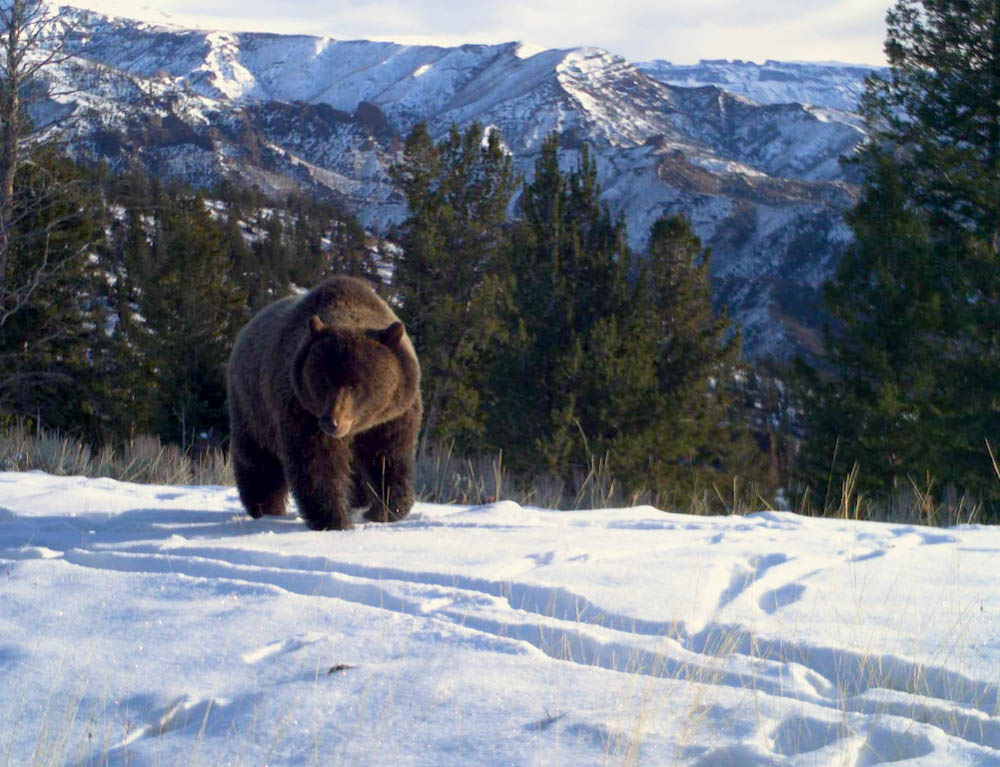The Rocky Mountain Elk Foundation urged the U.S. Fish and Wildlife Service (USFWS) to wait with plans to establish a grizzly bear population in the North Cascade Mountains of northwestern Washington until it makes a related ruling.
In February 2023, USFWS initiated a comprehensive status review of the grizzly bear in the Northern Continental Divide Ecosystem (NCE) and Greater Yellowstone Ecosystem based on the best available science to inform a 12-month finding. If those findings result in proposing one or more distinct population segments for delisting, it will change the context of the ongoing recovery for the rest of the population in the larger listed entity, including the NCE.
As such, RMEF requested the USFWS waits for the results of that 12-month determination.
“RMEF has long advocated for state management of grizzly bears, which is in line with RMEF’s support of the North American Model of Wildlife Conservation, under which state management of wildlife along with the financial contributions from hunters has dramatically increased wildlife populations across the U.S. in the last 100 years. RMEF supports removal of grizzly bears from the ESA list, transferring its management to state wildlife agencies,” wrote Karie Decker, RMEF director of wildlife and habitat.
After a series of public meetings, the U.S. Department of Interior announced in 2020 that it would not place grizzlies in the Northern Cascades. Several months later, the Center for Biological Diversity (CBD) filed suit seeking to forcibly introduce grizzlies.
CBD also filed a 2019 lawsuit seeking to force grizzly bears into Texas, California, Arizona, New Mexico, Nevada, Utah, Colorado, Wyoming, Montana, Idaho, Oregon and Washington. Specific locations mentioned include California’s Sierra Nevada, the Selway-Bitterroot in Idaho and Montana, and the Grand Canyon.
(Photo credit: Wyoming Game and Fish Department)
